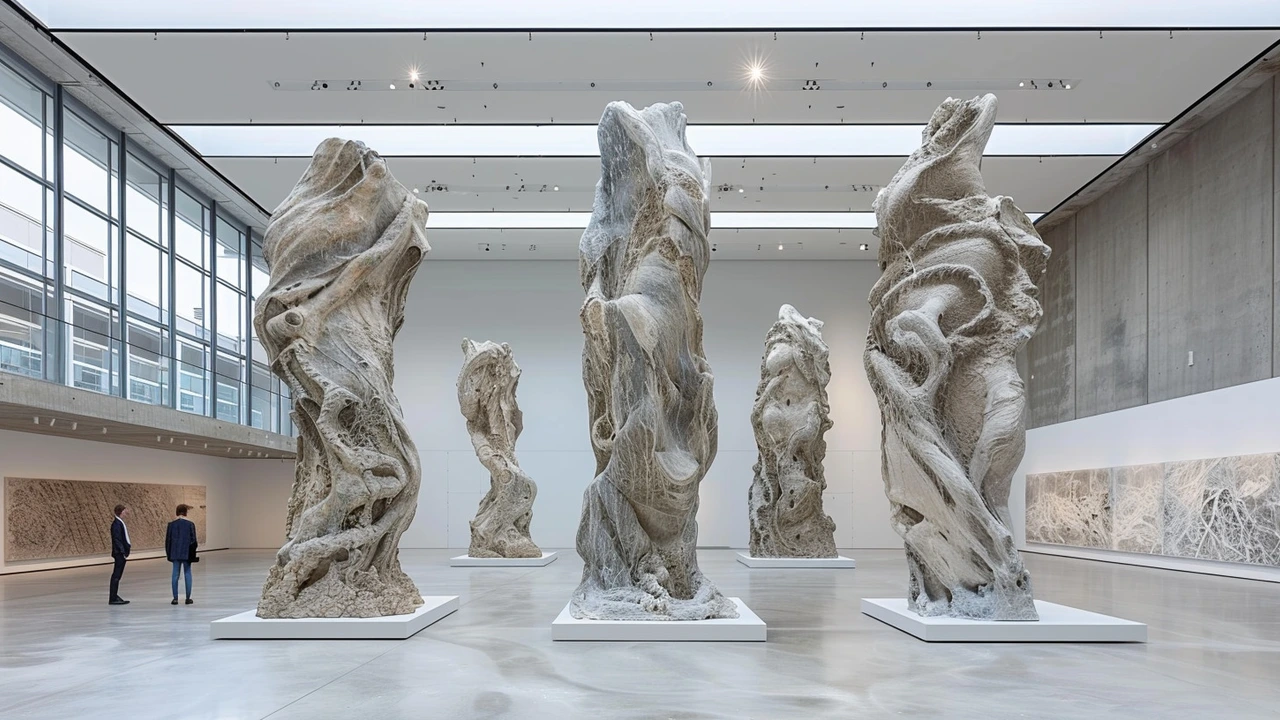Art Pioneers: How Movements and Minds Rewrote Visual Art
Some artists didn't follow rules — they invented new ones. That impulse gave us movements that changed how people paint, design buildings, make music, and even plan cities. If you want to spot pioneering work or use those ideas in your own art or home, this page points you to the essentials and gives practical ways to learn from the trailblazers.
Who counts as an art pioneer?
Pioneers are artists, designers, and groups who took a bold step away from the expected. Think of Cubism breaking objects into shapes, Bauhaus joining craft with clean design, or Fluxus turning everyday acts into performance. Each made a clear shift — not just a new look but a new way of thinking about art's purpose. Want examples? Check pieces like "How Abstract Expressionism Shaped Modern Art" and "Bauhaus Modernism: How Bauhaus Design Changed Art, Architecture, and Everyday Life" to see how ideas became movements.
Reading individual stories helps. For instance, Photorealism pushed technical skill to the extreme — see "Photorealism Art: Techniques, Secrets & History for Stunning Realism" — while Land Art moved art out of galleries and into landscapes (read "Land Art’s Impact on Modern Urban Design"). Those shifts show how pioneers often answer a simple question: what if art did something different?
How to study and use pioneering ideas
Start small and compare. Pick two movements you like — say Futurism and Fluxus — and list what each changed: subject, materials, audience, or purpose. Then try one experiment: copy a technique for practice, not to imitate. If you paint, try Cubist fragmentation in a quick sketch. If you design interiors, borrow Bauhaus simplicity for one room (neutral colors, clean lines, useful objects).
Visit work in person when you can. Photos hide scale and texture; installation art and land pieces need real space to work. If travel isn’t possible, read posts that analyze key works — articles like "Installation Art: Evolution, Techniques, and Famous Works Explained" and "Top 10 Photorealism Artists You Must See" give context that images alone don’t.
Use pioneers as shortcuts for creativity. Want bigger drama? Study Baroque contrast and lighting. Need fresh layouts? Look at De Stijl's grid discipline. For breaking rules, Fluxus shows playful, low-cost ways to surprise an audience. Apply one idea at a time so your work stays intentional.
If a movement puzzles you, focus on the "why" more than the "how." Ask why artists changed materials or audience, and that reveals the problem they solved — which often points to ways you can adapt the idea today. For deeper reading, explore linked posts on this site covering everything from Cubism and Constructivism to the Harlem Renaissance and Futurism.
Curious which pioneers matter most for your taste? Pick a theme (technique, politics, design) and follow it across movements. You'll see the thread that connects a 17th-century breakthrough to a modern installation or a new game design. That’s where pioneer's real power shows: they make you look at art — and the world — in a new way.

